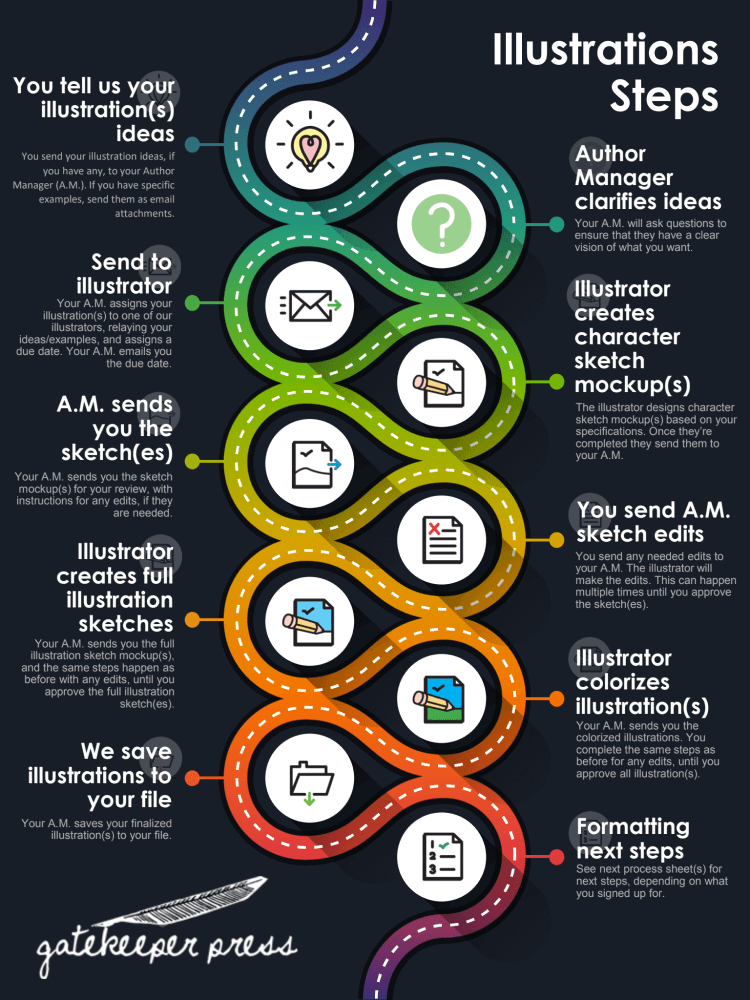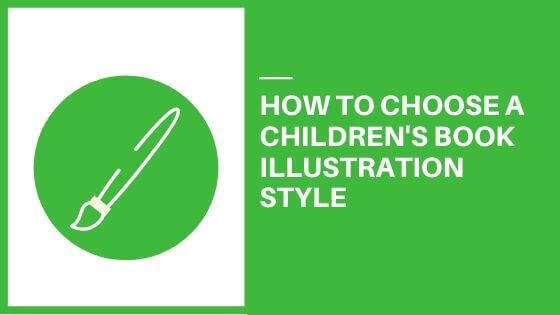Think about the indelible impression the Dr. Seuss books made on us as children, and continue to impact young readers today. The rhyming stories were clever, but it was the illustrations that propelled these books into the publishing stratosphere. Even with all the different ways available to illustrate a children’s book, can we seriously imagine Green Eggs and Ham embellished with anything other than Dr. Seuss’ amusing and nonsensical drawings?
Likewise, consider the colorful illustrations by Clement Hurd in Goodnight Moon. These bold canvases include all the symbols of stability and comfort—the warm fire, the stars and moon, even the mittens hanging out to dry—as a perfect accompaniment to the simple nighttime story that has lulled generations of children to sleep.
The significance of children’s book illustration styles cannot be exaggerated, as a carefully selected style acts as an accessory to bolster the impact of the story. With all the hard work an author puts into creating a compelling story for children, it is in their best interest to investigate the various types of illustrations for children’s books to find the one that best enhances your story.
6 Types of Illustrations for Children’s Books to Consider
There are as many children’s book illustration styles as there are storytellers. The style the author selects should complement the tone and subject matter of the book, as well as correlate to the reader’s age. Consider the different ways to illustrate a children’s book:
Realistic Children’s Book Illustrations
The realistic illustration style creates visuals that use realism to portray people and situations. This style is best suited for more serious themes, educational books, or older readers, as they may be a bit heavy-handed for the young child. Realistic style illustrations can also be costly, as most are created manually.
Black and White Children’s Book Illustrations
Using shades of black, white, and gray (graphite illustration) can be surprisingly effective for illustrating a children’s book. For older readers, tension and emotion can be expressed effectively through black and white, while young children’s books, such as Shel Silverstein’s The Giving Tree, benefit from the clean, spare messaging using the sketchy drawing technique. These illustrations can be created by hand or digitally.
Fantasy Children’s Book Illustrations
Fantasy illustration style uses rich, passionate color to elicit enchanting imagery that lifts the imagination towards the story’s setting, characters, and tone. These illustrations are used in stories that revolve around such things as castles, royalty, medieval times, dragons, or time travel. They also work well for the preteen reader. Fantasy illustrations are usually created via digital software, so can be less time-intensive and costly than hand-drawn artwork.
Watercolor Children’s Book Illustrations
Watercolor illustrations work well for children’s books because the effects are gentle, light, and comforting. The works by Beatrix Potter featured watercolor illustrations are well adapted for books directed at the younger reader. However, the children’s book illustration style can be used for a wide array of themes and tones across all age groups. Watercolor art is typically produced by hand, making it a more time-intensive and costly option.
Whimsical Children’s Book Illustrations
Using the whimsical illustration style in children’s books creates a fun, dreamy, and carefree effect—or evokes a comical, amusing tone—depending on colors used and the stylizing of the images. To convey a sense of whimsy, the imagery is often exaggerated to achieve the desired tone for the particular story, whether it is adventure or comedic. The whimsical illustration style is usually produced or colored manually.
Where to Find Children’s Book Illustrators to Make Your Story Come to Life
The best children’s book illustrations are the ones that not only delight the young reader, but that can act as a catalyst toward developing a love for reading.
Because there are so many different ways to illustrate a children’s book, hiring a children’s book illustrator who can relay the message of the book through visual imagery is essential.
Gatekeeper Press provides just that, a talented art department that is responsive to the author’s publishing goals. For guidance on children’s book illustration styles, contact Gatekeeper Press today!


